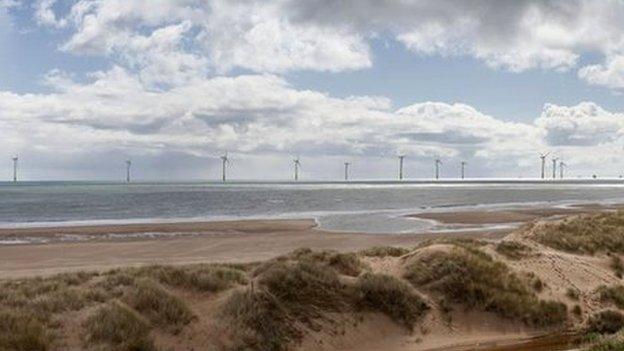Radar technology used to give bird's eye view of wind farm
- Published
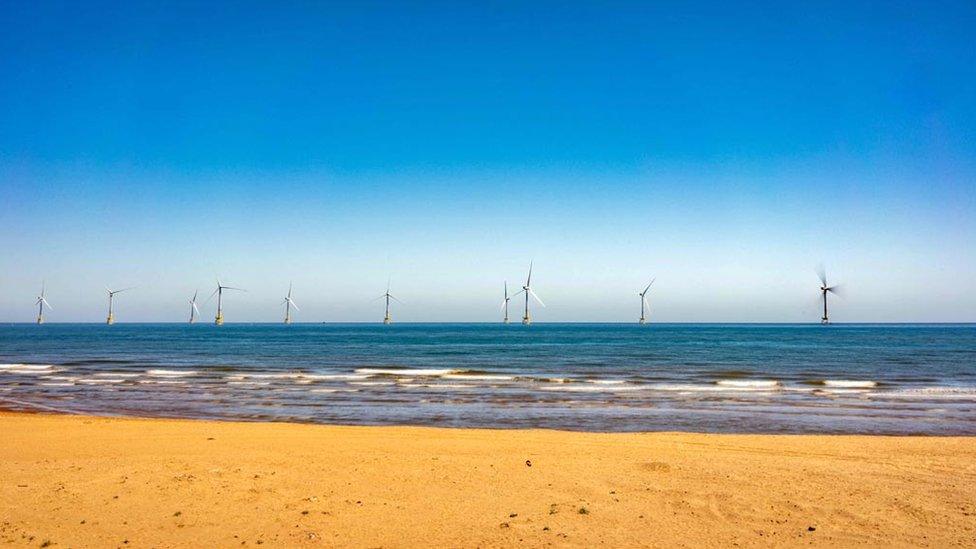
Radar technology is being fitted to a North Sea wind power development off Aberdeen as part of a major study into the impact on birds.
A total of 11 turbines make up the European Offshore Wind Deployment Centre (EOWDC).
Developed by Swedish energy group Vattenfall, the wind farm generated its first power in July last year.
Cameras and sensors will monitor kittiwakes, gannets and large gulls as they pass near the site.
The two-year study is aimed at providing data into bird behaviour at sea.
Vattenfall environmental specialist Chris Jackson said: "The evidence gathered by this research will help decision makers to support the sustainable growth of the offshore wind industry, which is particularly important at a time when the sector is readying itself for rapid expansion."
The Edinburgh-based team of RPS and Danish-based DHI Group will deploy the technology.
RPS technical director Mike Armitage said: "The high-performance radar system, communicating digitally with long-range pan tilt cameras installed at the base of the turbine, will collect three-dimensional radar tracks as well as video footage of birds moving through the wind farm.
"This cutting edge technology ensures that specific species' flight height as well as their individual and group behaviour can be identified throughout the wind farm during its operation."
Donald Trump battled unsuccessfully in the courts to halt the wind farm before he became US president.
He had argued the development would spoil the view from his Aberdeenshire golf course at Menie.
- Published16 April 2019
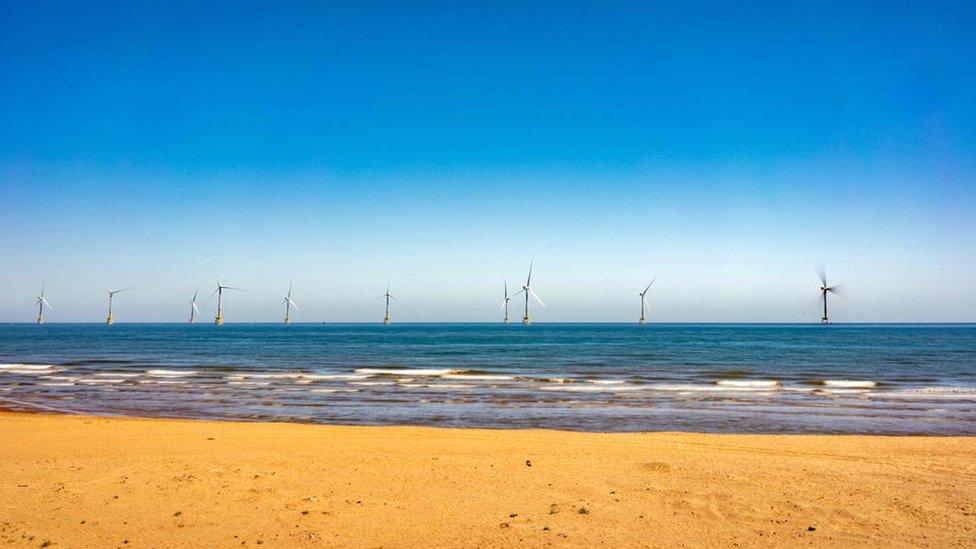
- Published1 November 2018

- Published7 September 2018
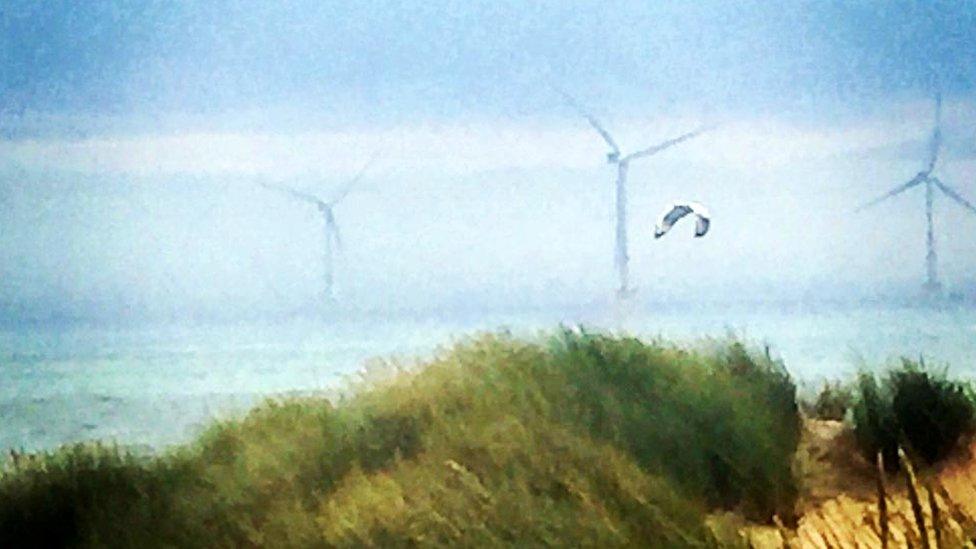
- Published2 July 2018

- Published10 April 2018
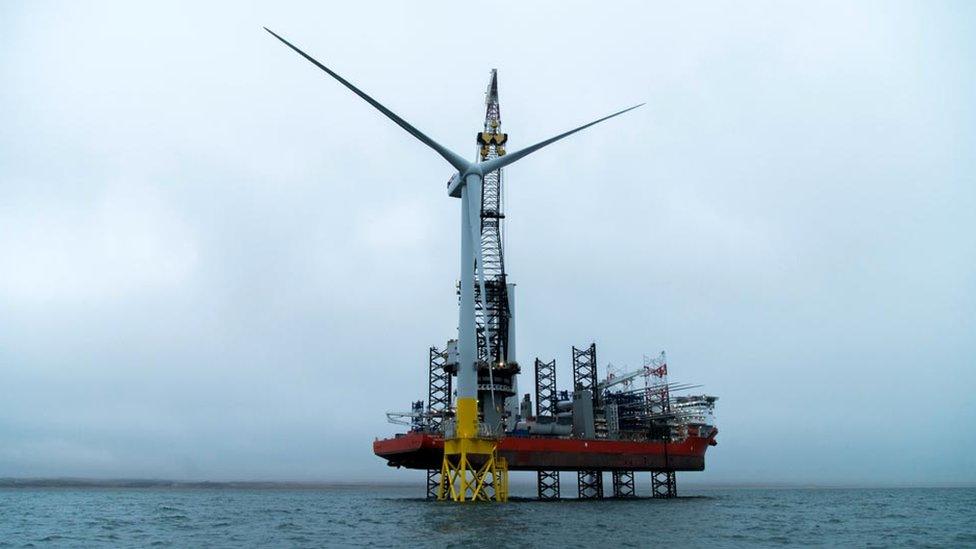
- Published21 July 2016
